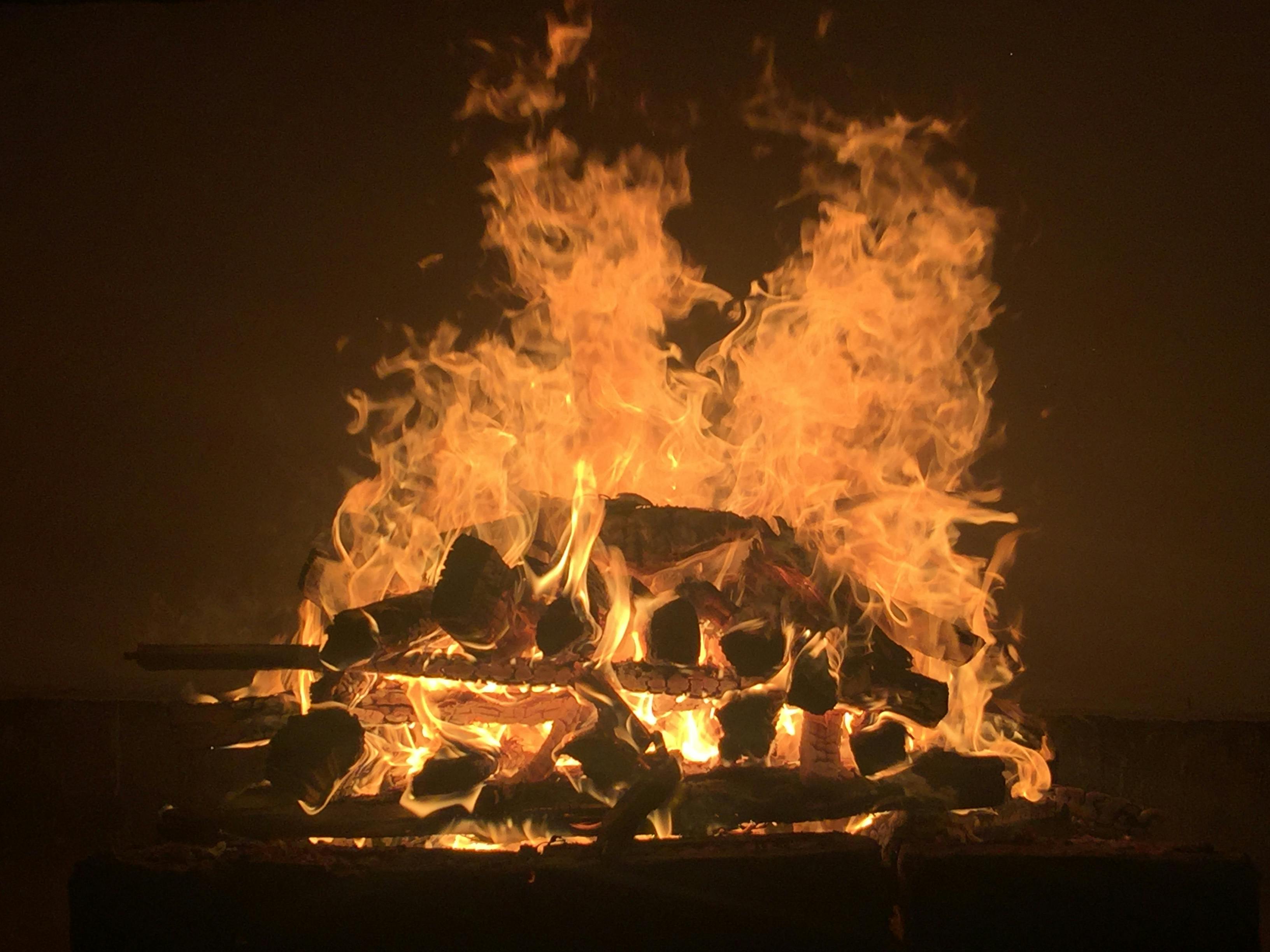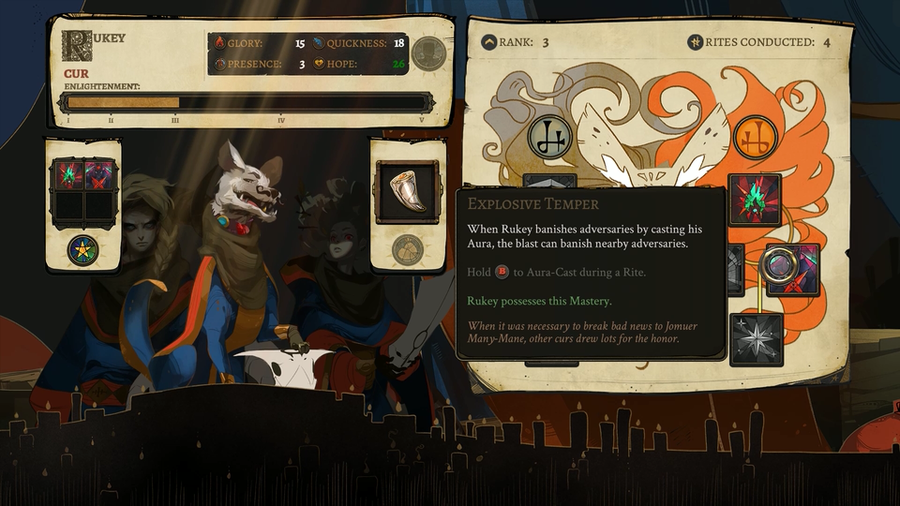

“Thankfully, the Böögg wasn’t loaded with fireworks when it was stolen,” Rosser says. Today, one sits on display at the local bank as a prelude to the festival. He outsmarted any would-be thieves by creating two backup Bööggs. That prompted Heinz Wahrenberger, a bookbinder who assembled the Böögg for 50 years, to come up with a plan B. One of the festival's weirder moments took place in 2006, when a group of “leftwing militants” stole the Böögg out of the builder’s garage and replaced it with a chocolate Easter bunny and a hammer and sickle. (The shortest time was in 2003, when the explosion occurred in a record-breaking 5 minutes and 42 seconds, meaning spring was right around the corner.) Once the massive bonfire begins to die down, locals bring sausages and other meats to barbecue during what is called the “after-hour of the Böögg.” Last year it took a sluggish 20 minutes and 39 seconds for the blaze to creep up the 32-foot pile of wood and reach the snowman, which contains approximately 140 sticks of dynamite. Some people even place bets on how long it will take for the stuffed snowman's head to explode. To say goodbye to winter’s chill, thousands of locals and visitors flock to Sechseläutenplatz (the town square) to see the explosive spectacle.

But over the years the Böögg changed into a snowman, and symbolizes the banishment of Old Man Winter.”

In German, Böögg roughly translates to ‘bogeyman’ and is a word you use to describe wearing a disguise, like you would when going to a carnival. “The Böögg didn’t start out as a snowman, but was a disguised puppet. “ is a symbol of the burning of winter,” Victor Rosser, head of communications for the Central Committee of the Guilds of Zurich, the organization that helps plan the festival, tells. Today the event takes place on the third Monday of April (this year’s event will be April 18) and ends with the burning of the Böögg. Eventually the two events merged into one giant festival that includes a parade of the craft guilds, a historical system founded in the 14th century that divided craftsmen into group by specialty, such as blacksmithing or baking.

By 1902, the burning of the Böögg was introduced. To announce the first day of spring, the city council would ring the largest church bells in the town square. Things changed during summer, though: With more daylight hours, the workday ended at 6 p.m. The zany tradition is part of Sechseläuten, an annual spring festival that dates back to the 16th century and translates to “the six-o-clock ringing of the bells.” Long ago, craftsmen would work in their guilds until the sun set around 5 p.m. The belief is that the sooner the Böögg’s head explodes, the closer the townspeople are to spring. But rather than wait for it to see its shadow, as is the case on Groundhog Day, folks gather in the town square to cheer as it’s engulfed in flames. In Zürich, Switzerland, the locals turn to the Böögg, an 11-foot-tall snowman stuffed with straw, cotton-and dynamite. The United States isn’t the only country with an odd tradition for predicting the weather (here’s looking at you, Punxsutawney Phil).


 0 kommentar(er)
0 kommentar(er)
